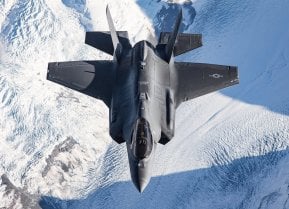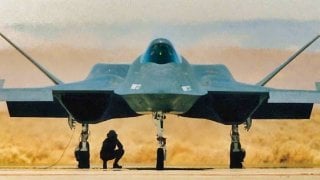YF-23: Could This Fighter Have Really Replaced the F-22?
Among aviation enthusiasts, Northrop Grumman's YF-23 has achieved legendary status due to its performance and the fact that only two prototypes were built before the program was discontinued.
Summary: Among aviation enthusiasts, Northrop Grumman's YF-23 has achieved legendary status due to its performance and the fact that only two prototypes were built before the program was discontinued.
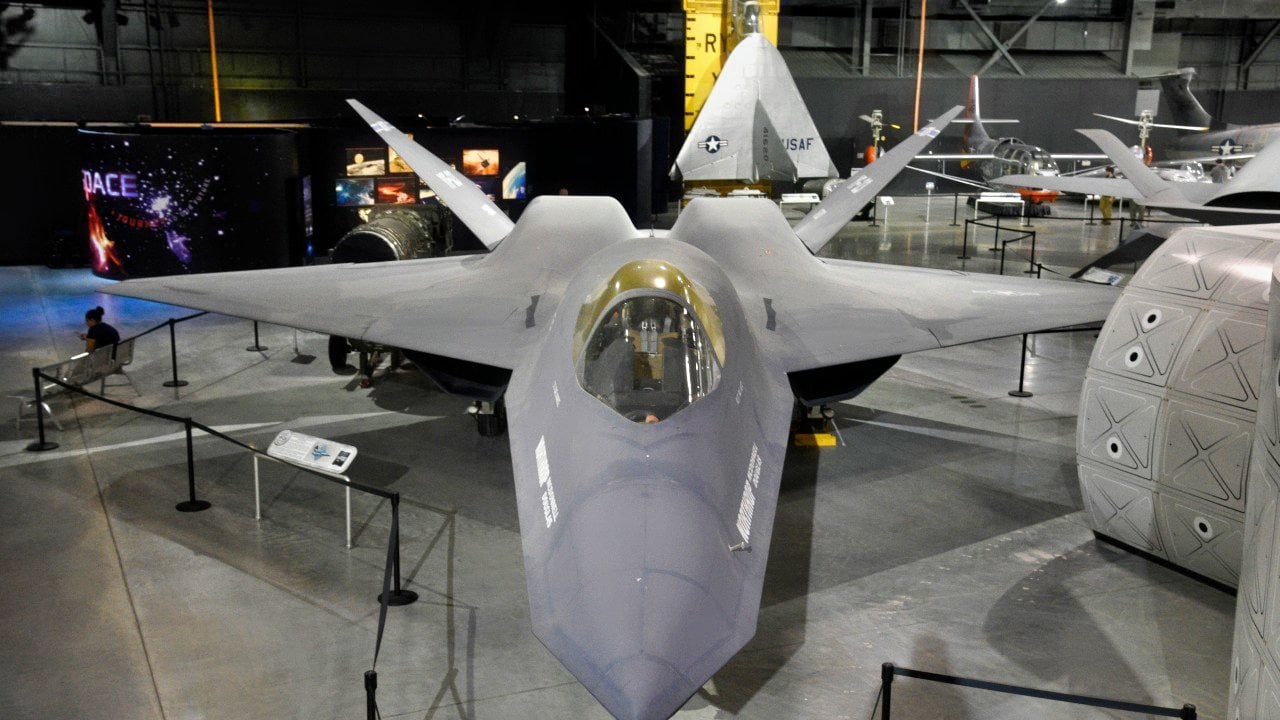
-The YF-23 competed in the Advanced Tactical Fighter (ATF) program during the Cold War but lost to Lockheed's YF-22, which became the F-22 Raptor. The YF-23 was admired for its stealth, speed, and futuristic design but lacked the thrust vectoring that made the YF-22 more maneuverable.
-Despite its potential and superior stealth characteristics, the YF-23 lost due to Lockheed's more aggressive marketing and demonstration efforts.
The YF-23: The Legendary Fighter Jet That Never Was
Amongst aviation enthusiasts, one Northrop Grumman airframe has earned a legend-like status – as much for the jet’s performance as for the fact that only two prototypes were ever made before the program was disbanded. The airframe was the YF-23, which lost the Advanced Tactical Fighter (ATF) bid to Lockheed’s YF-22.
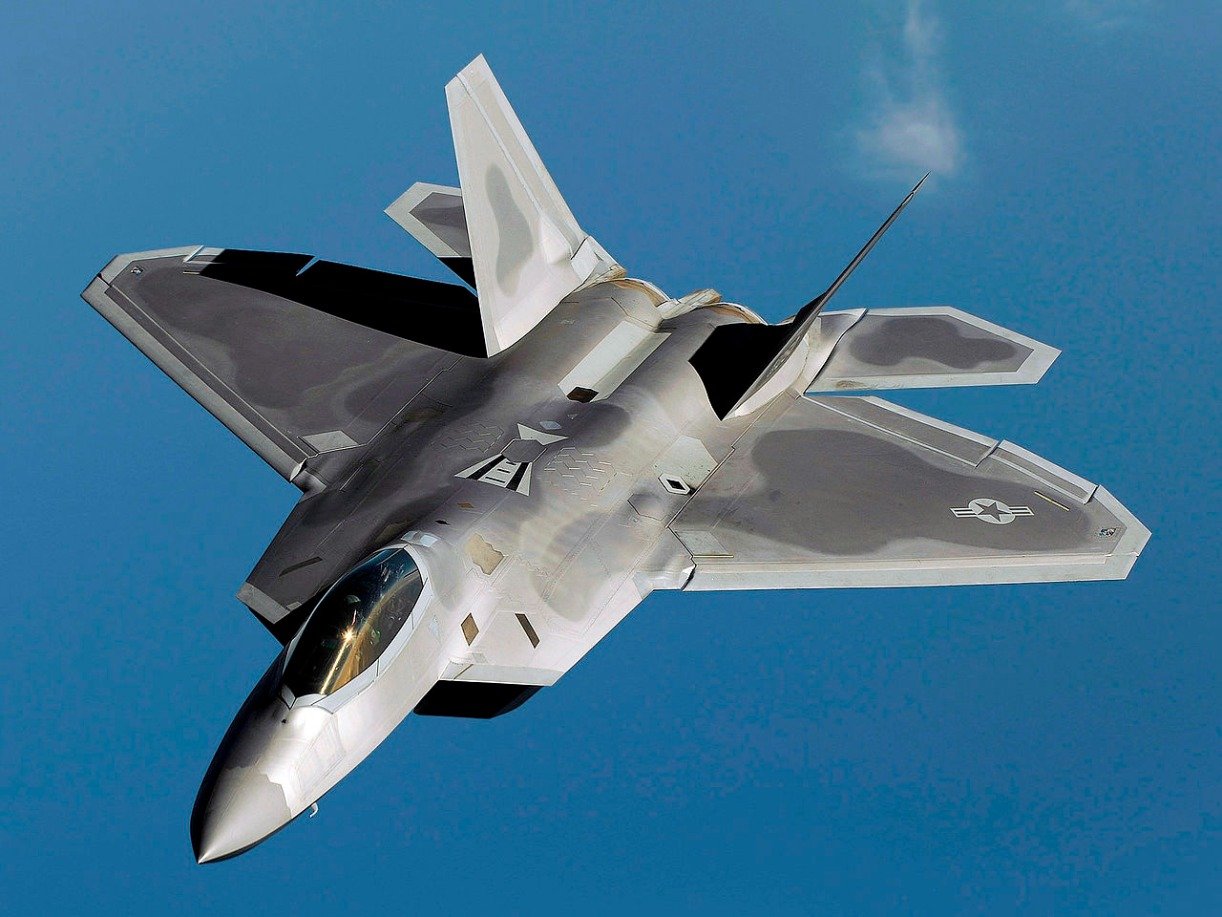
As the Cold War climaxed through the 1980s, Reagan’s government participated in an arms race with the Soviet Union, who, unbeknownst to the Americans, was on the verge of exhaustion and collapse. The US, proceeding as if the Soviet threat was still entirely robust and virile, committed to further advancing existing aerospace technology.
So, despite the recent unveiling of fourth-generation fighters like the F-14, F-15, and F-16, the US kept pushing, for fear that the Soviets would match or exceed US design efforts. The result of the US’s paranoia and urgency was a procurement bid to field the world’s first fifth-generation fighter.
Bidding to be the best
The ATF program attracted two bids. The first bid, Lockheed’s YF-22, would win the AF bid and enter production as the F-22 Raptor that we all recognize today.
The second bid, however, has become something of a cult item in the aviation community; Northrup Grumman’s YF-23 lost the bid, and was never produced – but has since become revered for its performance and unrealized potential.
The YF-23 looked like a craft from a science-fiction film, something that James Cameron or Ridley Scott had directed. With a distinctive trapezoidal wing, pushed-forward cockpit, V-shaped tail, and a drooping, duckbilled nose, the YF-23 looked the part of an advanced, future-looking fighter jet.
Despite being so visually impressive, only two YF-23s were ever built. The first YF-23, nicknamed Black Widow II, was built around two Pratt & Whitney engines that enabled supercruise at Mach 1.43. The Pratt & Whitney engines were swapped out in the second YF-23, nicknamed Grey Ghost, in favor of two General Electric YF120 engines. The Grey Ghost was faster than its predecessor, able to hit Mach 1.6 in supercruise. Curiously, the Grey Ghost was also faster than Lockheed’s YF-22.
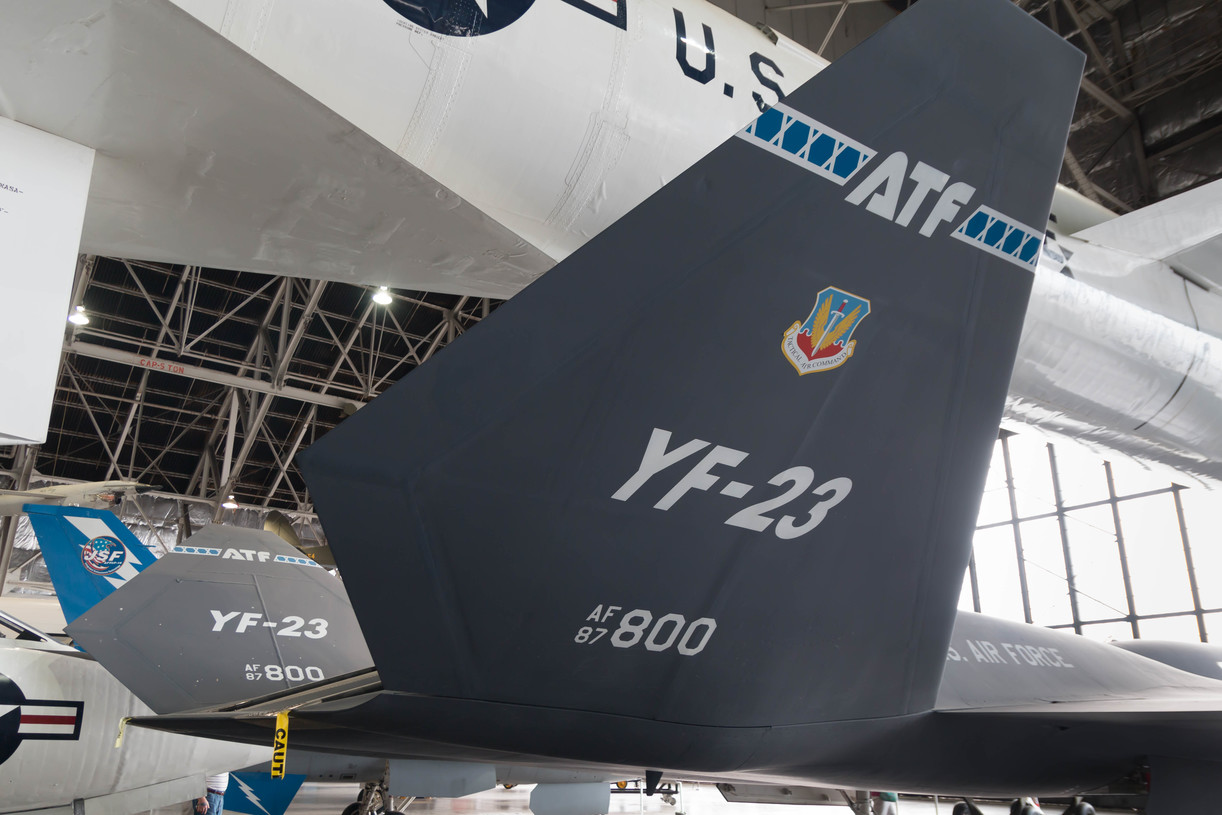
While the Grey Ghost had better top speed than the YF-22, the YF-22 proved to be the superior airframe with respect to maneuverability – no doubt because the YF-22 featured thrust vectoring technology while the YF-23 did not.
Northrop could have incorporated thrust vectoring technology into the YF-22, but made a calculated chance not to, in order to lower the airframe’s radar cross section.
The decision has come to seem prescient, given the increased importance of stealth, and the decreased importance of maneuverability, in modern air combat. So, while the YF-22 was more attractive to evaluators with a Cold War mindset, where dogfighting was still deemed relevant, modern evaluators may have shown more respect to the YF-23’s stronger stealth characteristics.
Stealth wasn’t the only metric where the YF-23 outperformed the YF-22. The YF-22 also proved to have better range than the YF-22.
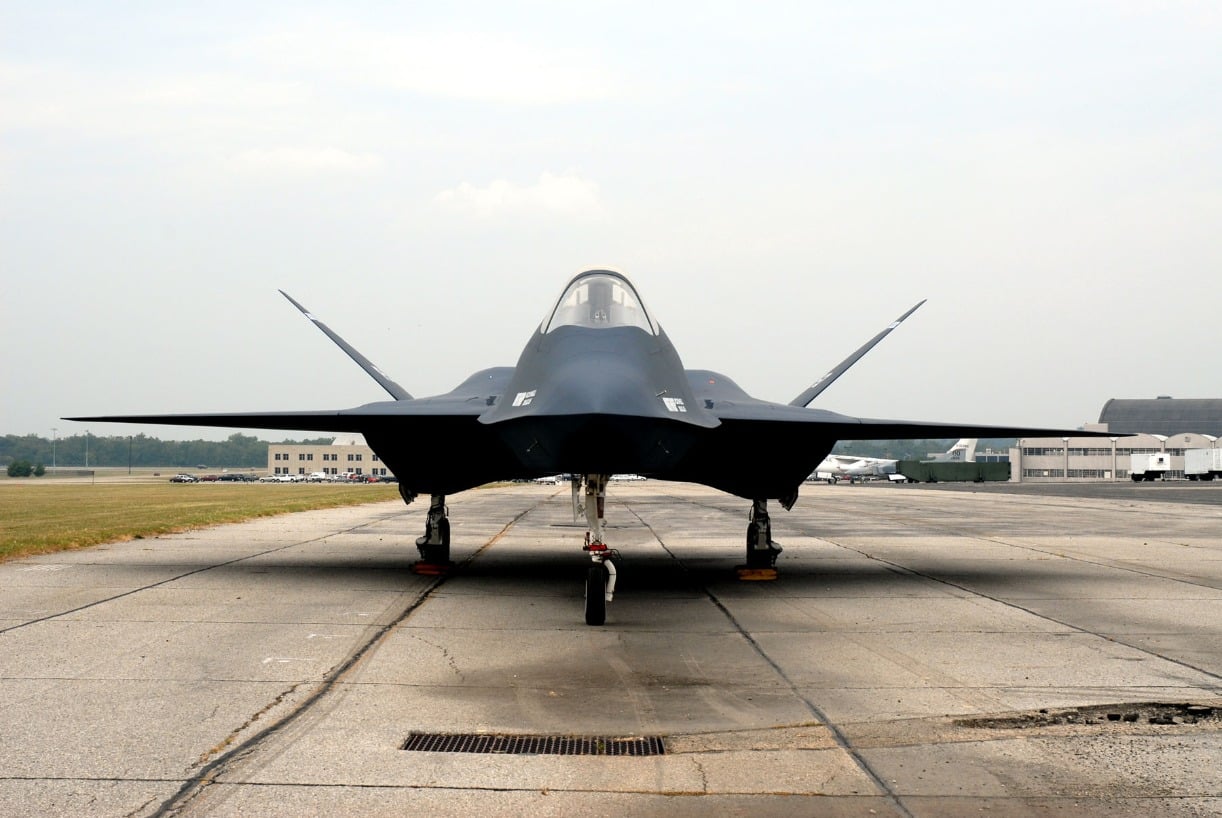
But the YF-23 lost the ATF bid, of course. Not necessarily because of the jet’s performance, but because the Lockheed team executed a superior marketing campaign than the Northrup team. Lockheed put their jet through the paces, at high angles of attack, firing missiles, and pulling maneuvers at 9Gs. The Northrup team played it safe.
If pushed, could the YF-23 have kept up with the YF-22? It’s very possibly. But we’ll never get an answer.
About the Author: Harrison Kass
Harrison Kass is a prolific defense writer with over 1,000 articles published on many national security issues. An attorney, pilot, guitarist, and minor pro hockey player, Harrison joined the US Air Force as a Pilot Trainee but was medically discharged. Harrison holds a BA from Lake Forest College, a JD from the University of Oregon, and an MA from New York University. Harrison listens to Dokken.
Image Credit: Creative Commons.
